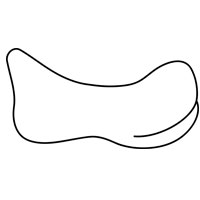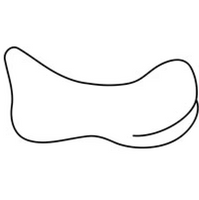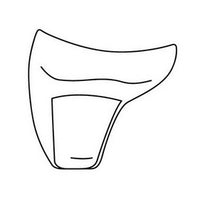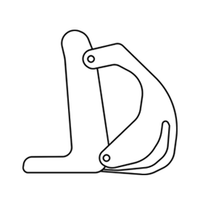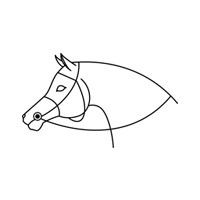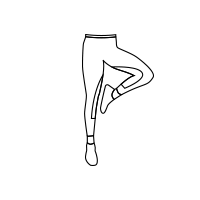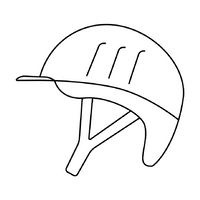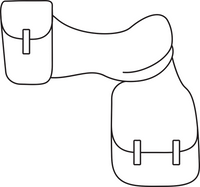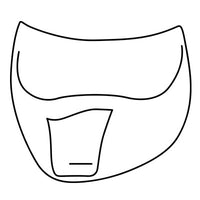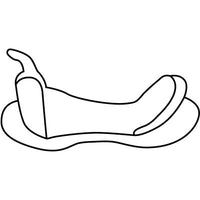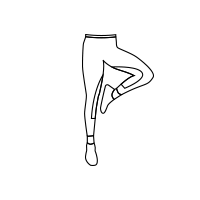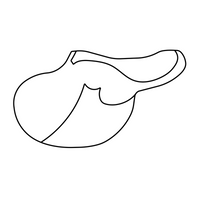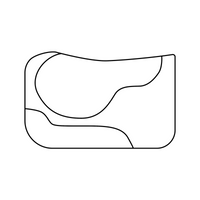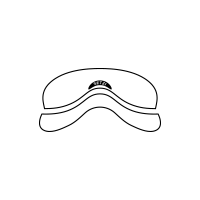VET GATE
Being a crucial area of endurance, can be a conflictive zone of the race. Athletes and their horses high on adrenaline, after racing for kilometres may not always agree with the verdict whether fair, unfair or doubtful. The results of the horses, either to continue or not in the race, is decided in that instant which makes it a very stressful situation.
A noteworthy facet of Endurance racing is the successful completion of the race and all the veterinary inspections. In all FEI events, a horse’s wellbeing is fundamental. The Endurance races are about competing and developing resistance to withstand the conditions a horse goes through during the competition. For riders who are just starting out and haven’t been exposed to ins and outs of the Endurance race, specifically the vet areas, it is important for athletes to be familiar with what happens in a vet gate.
Generally, Endurance races start with an examination being carried out by the Veterinary Delegate on arrival of all the horses participating, before they are allowed to enter the race village. The on-arrival examination includes the verification of the identity, checking updated vaccination reports and a clinical examination to assess the heart rate, body temperature etc. Any horse that fails to pass this inspection can be removed from the competition upon discussing with the Veterinary Commission and the Ground Jury.
After the on-arrival examination, the first inspection, also known as Pre-Ride inspection takes place either on the day preceding the race or earlier on the race day before the first loop. Individual vet cards and FEI- issued paper/electronic forms are allotted for each horse before the pre-ride inspection and are completed for all the subsequent horse inspections. All information regarding the horse inspection results, reasons for not qualifying or other details gets recorded in their vet cards.
The competition starts after the Pre-Ride inspection. After the completion of every loop, the rider and the horse (collectively called a combination) stop in an assigned area known as Vet Gate which covers three areas. A designated secure area that a combination enters primarily called Recovery Area, where horses can recuperate and lower their heart rates before entering the vetting area for inspection. The time a horse spends in the recovery area until it enters the vetting area for the inspection is the recovery time. A horse can be presented for a second time for inspection if the heart rate doesn’t reach the stipulated criteria. In that case, the initial recorded recovery time is discarded and the new recovery time is recorded when the horse crosses the line into the vetting area for re-inspection.
The horses have to be examined after the end of each loop. For that, they enter another area called Vetting Area after the heart rate is in accordance with set parameters. This area is separate from the recovery and hold areas with restricted access and generally no more than two people can accompany a horse.
The horse’s inspection involves the assessment of a horse’s physical condition in order to continue participating in the race. Unless otherwise stated, every inspection of the horse is conducted by the same veterinarian. As soon as the horse enters the vetting area, it is taken to the assigned veterinarian at the vet lane. The horses have to be presented for the inspection with a heart rate of no more than 64 beats per minute (bpm) within 15 minutes of crossing the end lines of each loop and within 20 minutes of crossing the finish line of last loop. If the heart rate is higher than 64 bpm, the horse can be presented for a re-inspection provided that it is still within the permitted presentation time. A third inspection is not allowed and if a horse does not qualify the second time, it will be designated as ‘Failed to Qualify’.
The race is not over just by crossing the finish line first. The horses need to undergo the last and final vet inspection and based on the result the winner is declared. The final inspection is after the combination crosses the finish line and those who do not meet the vet check parameters are declared as ‘Failed to Qualify’. For this inspection, the horse can be presented only once. The horse is disqualified if it is not presented to the vetting area within the time limitations.
It is essential that the athletes act in accordance with the rules and regulations when they enter the vet gate. The inspection area should be without disruption, and decorum is to be maintained at all times during the horse inspections to avoid distraction and wrong judgments.
After every loop the horses are held for additional time in a Hold Area after the vet inspection. There is a compulsory time after every loop where horses are given mandatory rest period known as Hold Time. It starts when the recovery period ends and continues for the specified period. Normally, the hold time at each vet gate is of at least 1 minute per 1 km of the loop just completed except for the final loop.
The heart rate parameters, presentation times and/or hold times can be modified in order to benefit the rider and the horse. These modifications can be done by the President of the Ground Jury in consultation with the President of the Veterinary Commission, the Foreign Veterinary Delegate, Ground Jury members and the Technical Delegate prior or during the event. During the race, the Veterinary Commission or Ground Jury can select any horse at random for inspection.
The Veterinary Commission is in charge of advising and making decisions on matters concerning the horse’s health and safety. Any decisions required to be taken by a panel of three veterinarians would be based on majority vote. Where a panel needs to decide if a horse should be declared ‘Failed to Qualify’, each of the three veterinarians would independently write their decisions on a confidential voting slip and provide it directly to the Ground Jury who then makes a decision. Where the Ground Jury declares a horse as ‘Failed to Qualify’, they always state the reasons for doing so.
A horse and a rider have to strive through short distance races to eventually build up the endurance to be able to participate in long distance races. For that, the riders have to successfully complete the competitions and their progress is tracked to determine their level and qualification. A successful completion means that the horse has effectively finished all the phases, have passed all horse inspections, complied with minimum weight requirements and any applicable speed restrictions, did not retire or withdraw and was not designated as ‘Failed to Qualify’ or disqualified during or after the competition.
The truth is that any athlete who has been practicing endurance for a long time knows very well that this domain, like every other equestrian domain, too has its bitter-sweet moments. Although – rarely does an athlete give up. An Endurance race is about competing with oneself to ride better than the previous ride, to perform better than the last performance, to push oneself and their horse to the maximum. As with every race, every kilometre, the horse and the rider grow, learn and endure.
Regardless of the verdict or who wins, a connection is developed between you and your horse, and that bonding takes you to a journey worth riding. The thrill and adventure experienced together would leave you desiring for more and would make you keep cantering kilometres no matter what..

